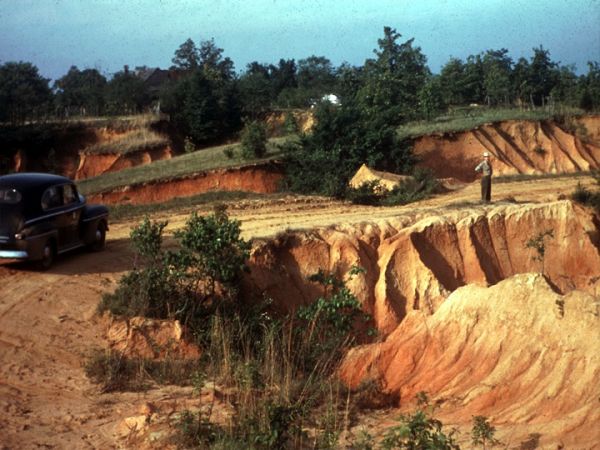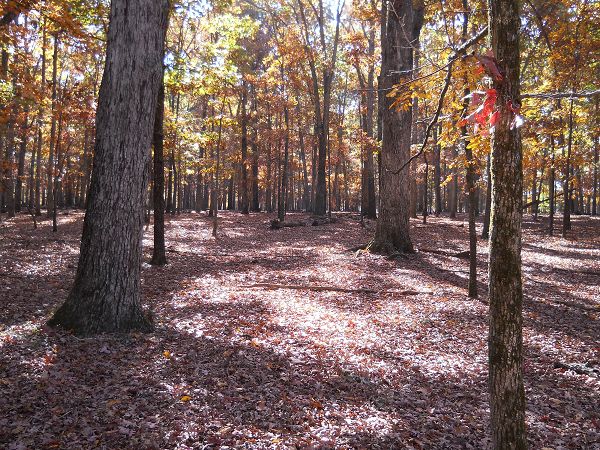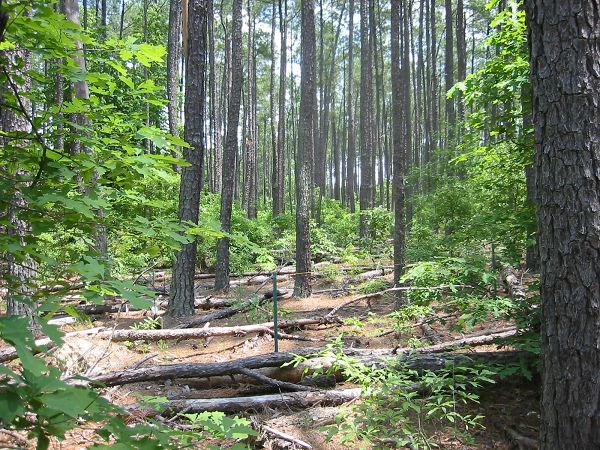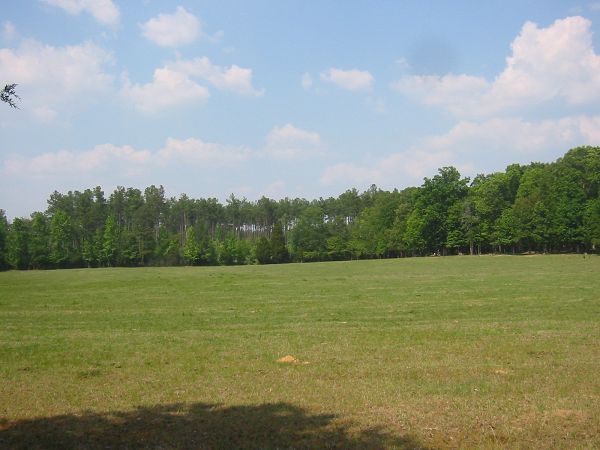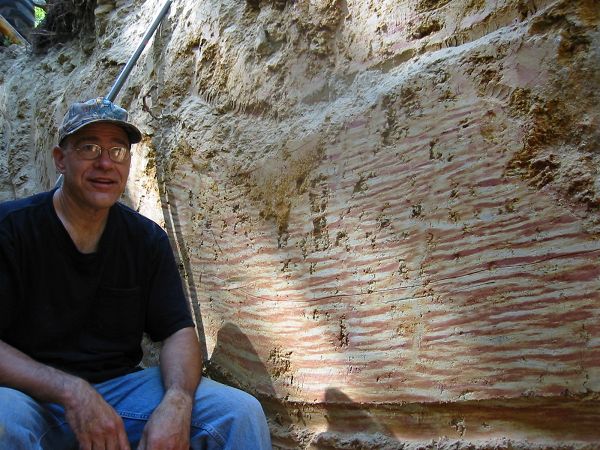Do not fill out this information.
On this particular page, the Initial Text and Image fields for this template are not used (inactive). A Carousel Slideshow is displayed instead.
To edit the Carousel Slideshow, Choose Edit Existing > Carousel Slides. Then navigate to your CZO's entry entitled "About"
The Calhoun CZO integrates human and natural forcings of Earth’s Critical Zones and the sciences of water, mineral, and organic matter cycles.
Calhoun CZO scientists seek to understand how Earth’s Critical Zones respond to and recover from severe erosion and land degradation. Re-instrumented catchments help model changes in ecohydrology and biogeochemistry of interfluves, hill slopes, and terraces that were historically subject to accelerated erosion and deposition. Given that CZs are integrated systems from upper plant-canopies to water in deep aquifers, research focuses on how land use stresses networks and processes that connect the CZ’s surface and subsurface subsystems. Researchers will use historic and contemporary data of vegetation, soil, catchments, and sensor networks to help hindcast and forecast Critical Zone dynamics and evolution across temporal and spatial scales.
Forest scientist examines road through the eroded Calhoun Experimental Forest in upstate South Carolina (USFS Photo ~1948).
Part of the Calhoun remained in hardwood stands to provide shade for livestock, firewood, and watershed protection.
Over the last several decades, a large portion of degraded land was converted to pine stands through plantings and natural regeneration providing a source of income for local landowners.
Sumter National Forest, site of the Calhoun Experimental Forest LTSE and the Critical Zone Observatory, is a multi-use area where resarchers interact with hunters, farmers, worshipers, public officials, and campers in a friendly, professional way that has resulted in trust and cooperation.
Belowground, redoxymorphic features colloquially known as "Tyger stripes" after the nearby Tyger River, are characteristic of Southern Piedmont ultisols. Research by Ryan Fimmen, Allan Bacon and Dan Richter has conclusively demonstrated the processes driving their formation.
Forest scientist examines road through the eroded Calhoun Experimental Forest in upstate South Carolina (USFS Photo ~1948).
Part of the Calhoun remained in hardwood stands to provide shade for livestock, firewood, and watershed protection.
Over the last several decades, a large portion of degraded land was converted to pine stands through plantings and natural regeneration providing a source of income for local landowners.
Sumter National Forest, site of the Calhoun Experimental Forest LTSE and the Critical Zone Observatory, is a multi-use area where resarchers interact with hunters, farmers, worshipers, public officials, and campers in a friendly, professional way that has resulted in trust and cooperation.
Belowground, redoxymorphic features colloquially known as "Tyger stripes" after the nearby Tyger River, are characteristic of Southern Piedmont ultisols. Research by Ryan Fimmen, Allan Bacon and Dan Richter has conclusively demonstrated the processes driving their formation.
Associated Files
Calhoun CZO, a 2nd generation CZ observatory
(14 MB pdf)
Detailed introduction to Calhoun CZO, including land-use history, conceptual model, and research goals.
Calhoun CZO
South Carolina
Established 2013
"At the Calhoun, does reforestation of degraded landscapes mask or restore fundamental alterations in CZ hydrology, geomorphology, biology, and biogeochemistry?"
Science Questions:
- Does land degradation decouple upper and lower CZ systems, disrupting macroporosity networks that are conduits for gases and water?
- How rapidly can re-forestation recover CZ porosity and re-network the CZ into an integrated system?
- How has historic erosion redistributed and altered organic carbon dynamics on both uplands and in anoxic alluvium filled with historic sediment?
- Can human-forced CZs enter new steady states, complete with positive feedbacks and attractors that resist recovery of previous states?
The Calhoun CZO is located in a region with an environmental history that involves some of the most serious agricultural land and water degradation in N America
5 themes:Ecohydrological Recovery; Biogeochemical Decoupling; Erosion-induced Carbon Dynamics; Human-CZ Interactions; Dynamic Persistence of Alternative States
Explore Further



